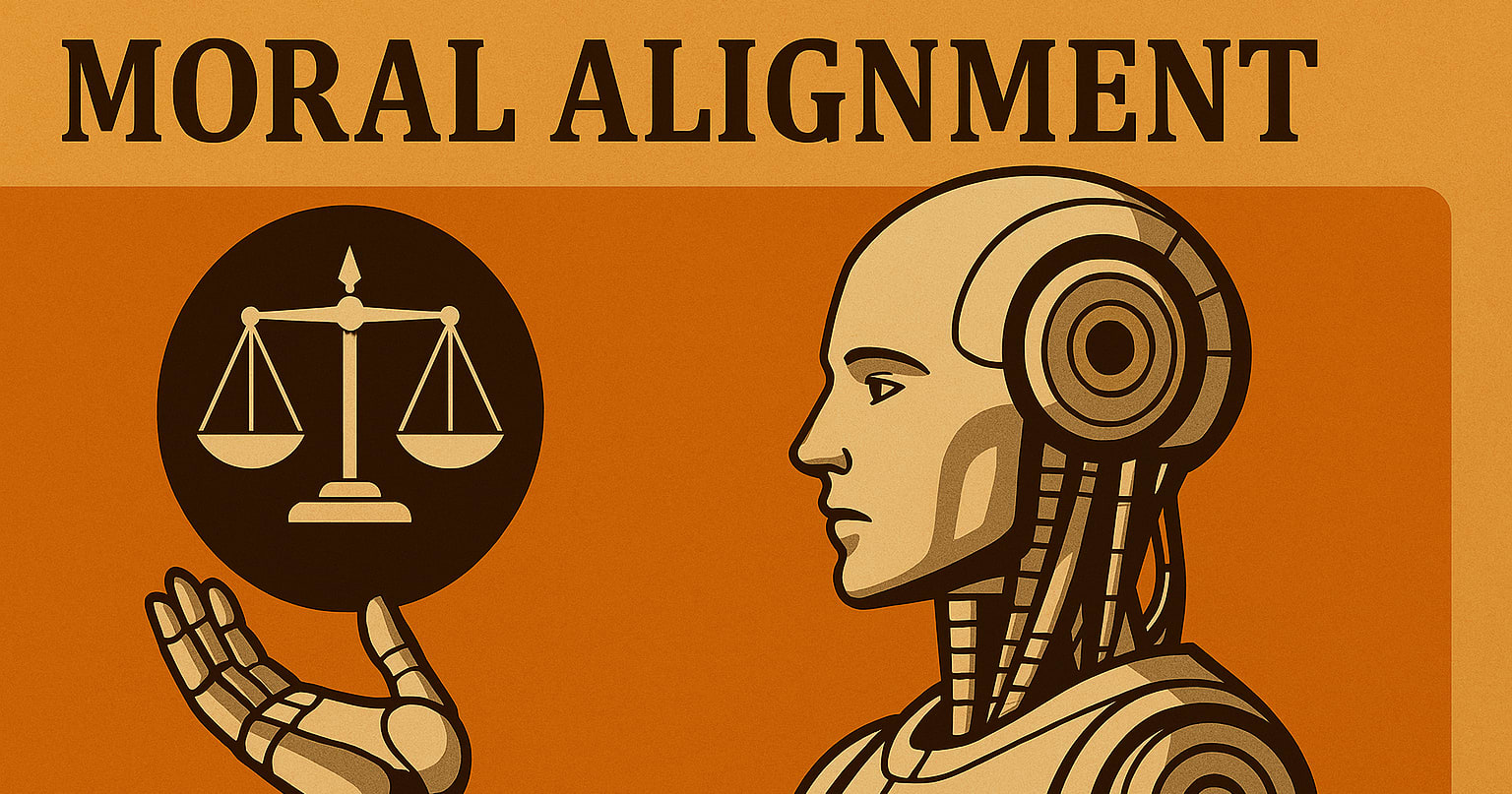High Impact Athletes’ theory of change relies on using the collective athlete megaphone to convince a large percentage of the world’s high-income population to donate to cost-effective charities. Using our athletes’ voices and platforms we aim to raise the global profile of these giving opportunities and the philosophies behind them.
Sports fans are numerous, and the cultural clout of athletes has grown rapidly over the last century. According to MIT Media Lab, athletes made up 50% of all “historical cultural figures” between 1950 - 2000. We can use this influence to spread EA-aligned ideas.
In 18 months, HIA has grown from zero to over 110 athletes, with 46 of those athletes making at least a 1% pledge. Our second order audience (the amount of people we can reach through our athletes) is over 10.7 million, and we’re growing those numbers weekly.
The more big (popular) athletes we have on the HIA athlete roster, the louder the athlete megaphone, and the more people we can influence towards EA ideas.
To recruit bigger athletes we need standalone credibility as an organisation, particularly if we don’t have an existing personal connection. A large part of being credible in the athlete/influencer space is how big your social media following is.
This is where we’d love the EA community’s help.
Task 1
Please take 30 seconds out of your day to follow our Instagram, Twitter and Facebook accounts. Then if you’re feeling particularly generous please take another 60 seconds to ask your friends to do the same!
More followers means more algorithm love, which might be the push that gets our posts noticed by prospective athletes. This is a low cost but potentially impactful action that each of you can take today!
Potential Questions:
Why don’t you just buy followers?
We could, but these accounts are easy to spot and so the risk to our credibility/reward ratio isn’t great. We also want engagement with our account, and bought followers don’t engage the same way that organic ones do. We haven’t completely ruled this out (the ends might justify the means) but we want to see how far we can get organically first.
Why does social media matter?
It’s the most common place where athletes interact with their fans - particularly Instagram. This interaction is where we have the largest potential to create change. Influencing 1% of 1 big athlete’s following could mean tens of thousands of people introduced to EA ideas for the first time.
Do you have growth plans other than asking individuals to follow your channels?
In short, yes. We are working hard to increase engagement on our own channels and also build our second-order audience. However a small nudge from this supportive community would help a bunch.
Task 2
Spend some time thinking if you, or anyone you know, knows any professional athletes or employees working in the sporting space. If you do, please introduce them to me at marcus@highimpactathletes.org - warm introductions are the fastest and most organic way to grow, and each athlete adds momentum to the HIA snowball.
I want to shout out 80,000 Hours and their employees for having passed on some athletes from their career advising program.
Cheers,
Marcus and the HIA team.




Fair point, thanks.